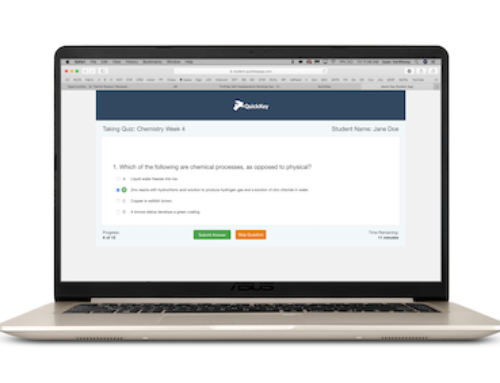Often times it is easy to box assessments into a single category of testing a student’s performance of concepts already learned. But it’s important to remember that assessments can also be used to guide student learning, and help them on their path to mastery.
Assessments can come in many different forms – from multiple choice, open response, matching, to diagramming, and be included into classes to capture students’ comprehension without making them feel like they are being assessed continually. Rapid input on these assessments is critical. Furthermore, the information gathered allows teachers to assist pupils in identifying their personal areas of growth and strength. One way to let students be more expressive in these assessments is to blend in open response questions into exit tickets to let students tell a story about what they learned. The question can be open ended or specific to a topic learned in class – this section could even be open note or open book.

Open Response option in the Advanced Quiz Builder
The open responses from the students could also drive classroom activities like Socratic circles for a whole classroom discussion. Or, in a virtual setting, students could be paired off into breakout conferences to discuss their viewpoint on a given text or topic learned. Students with similar or differing opinions expressed in their open response could be paired up to spark a more lively discussion.
Always remember that in the end assessments are a powerful tool – to both assess mastery and set your students on the path to success.




